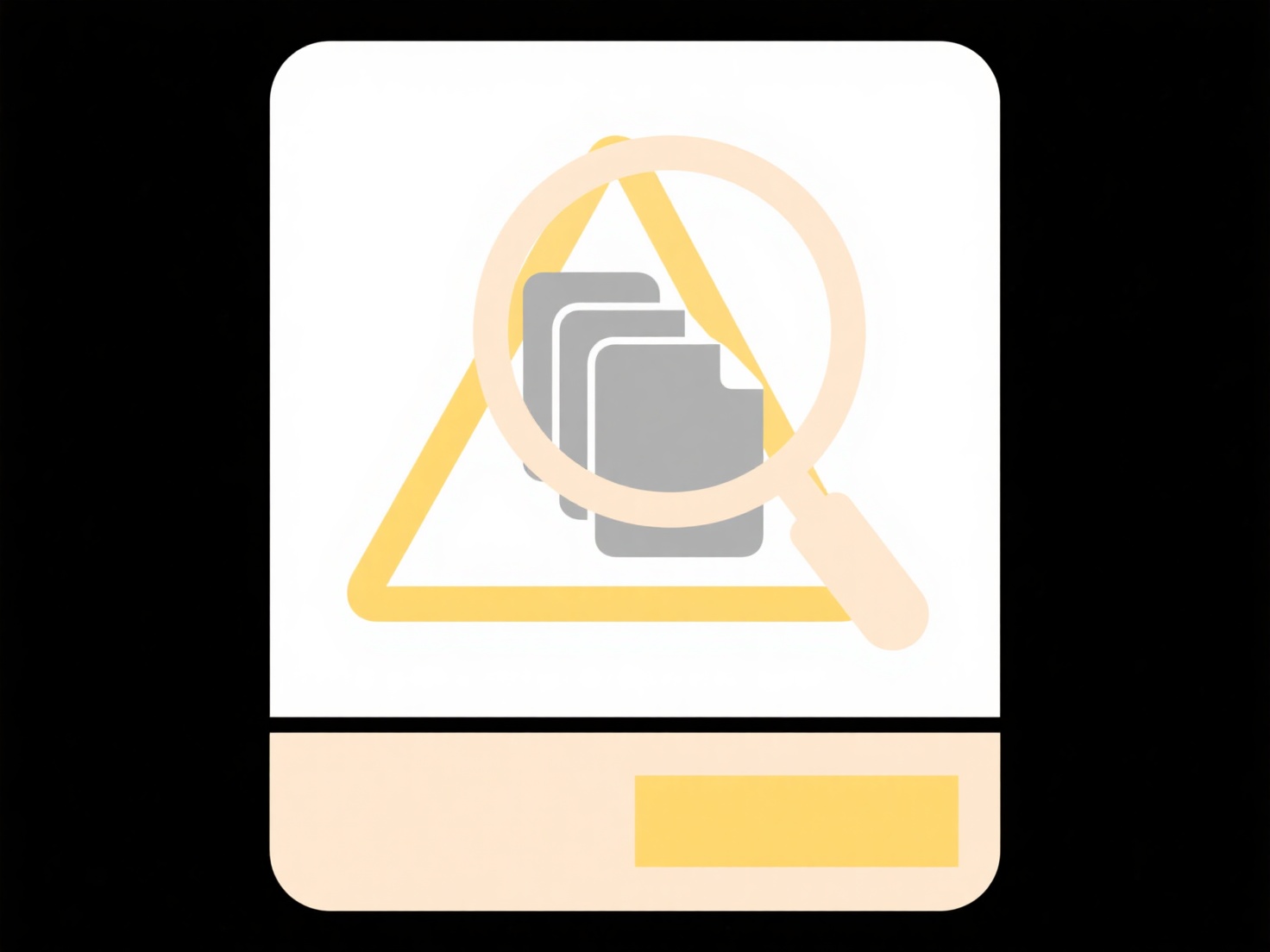
Automating local file backup to the cloud involves setting up software or system tools to regularly and automatically copy files from your computer or device to a remote internet storage service. This process works by establishing scheduled tasks or using continuous monitoring to identify new or changed files. Once detected, these files are securely transferred over the internet to data centers managed by a cloud provider. This differs from manual cloud uploads by eliminating the need for user intervention, thus running reliably in the background.
Common examples include personal users automatically backing up photos and documents using services like iCloud Drive's Desktop & Documents folder syncing, or Google Drive's Backup and Sync/Drive for desktop app continuously uploading specified folders. In business settings, enterprise tools like Veeam Backup for Microsoft 365 or Azure Backup can automate the backup of server files or user endpoints to cloud storage platforms.

The key advantages are effortless data protection, ensuring backups happen consistently even if users forget, and providing off-site disaster recovery. Limitations include reliance on internet connectivity, potential subscription costs for cloud storage space, and ensuring appropriate security settings are configured. Ethical considerations center on data privacy and choosing trustworthy providers. Future developments focus on faster, more intelligent backup processes and greater automation granularity, driving wider adoption as reliability improves and costs decrease.
Can I automate backup of local files to the cloud?
Automating local file backup to the cloud involves setting up software or system tools to regularly and automatically copy files from your computer or device to a remote internet storage service. This process works by establishing scheduled tasks or using continuous monitoring to identify new or changed files. Once detected, these files are securely transferred over the internet to data centers managed by a cloud provider. This differs from manual cloud uploads by eliminating the need for user intervention, thus running reliably in the background.
Common examples include personal users automatically backing up photos and documents using services like iCloud Drive's Desktop & Documents folder syncing, or Google Drive's Backup and Sync/Drive for desktop app continuously uploading specified folders. In business settings, enterprise tools like Veeam Backup for Microsoft 365 or Azure Backup can automate the backup of server files or user endpoints to cloud storage platforms.

The key advantages are effortless data protection, ensuring backups happen consistently even if users forget, and providing off-site disaster recovery. Limitations include reliance on internet connectivity, potential subscription costs for cloud storage space, and ensuring appropriate security settings are configured. Ethical considerations center on data privacy and choosing trustworthy providers. Future developments focus on faster, more intelligent backup processes and greater automation granularity, driving wider adoption as reliability improves and costs decrease.
Quick Article Links
What is a file extension?
A file extension is the suffix after the period (".") in a filename (e.g., ".txt" in "report.txt"). It identifies the fi...
What are some tips for organizing work documents?
Organizing work documents involves creating systematic structures to store, categorize, and retrieve digital and physica...
How do I rename project folders without breaking shortcuts?
Renaming project folders can disrupt existing shortcuts that point to files or folders within the original structure. Sh...